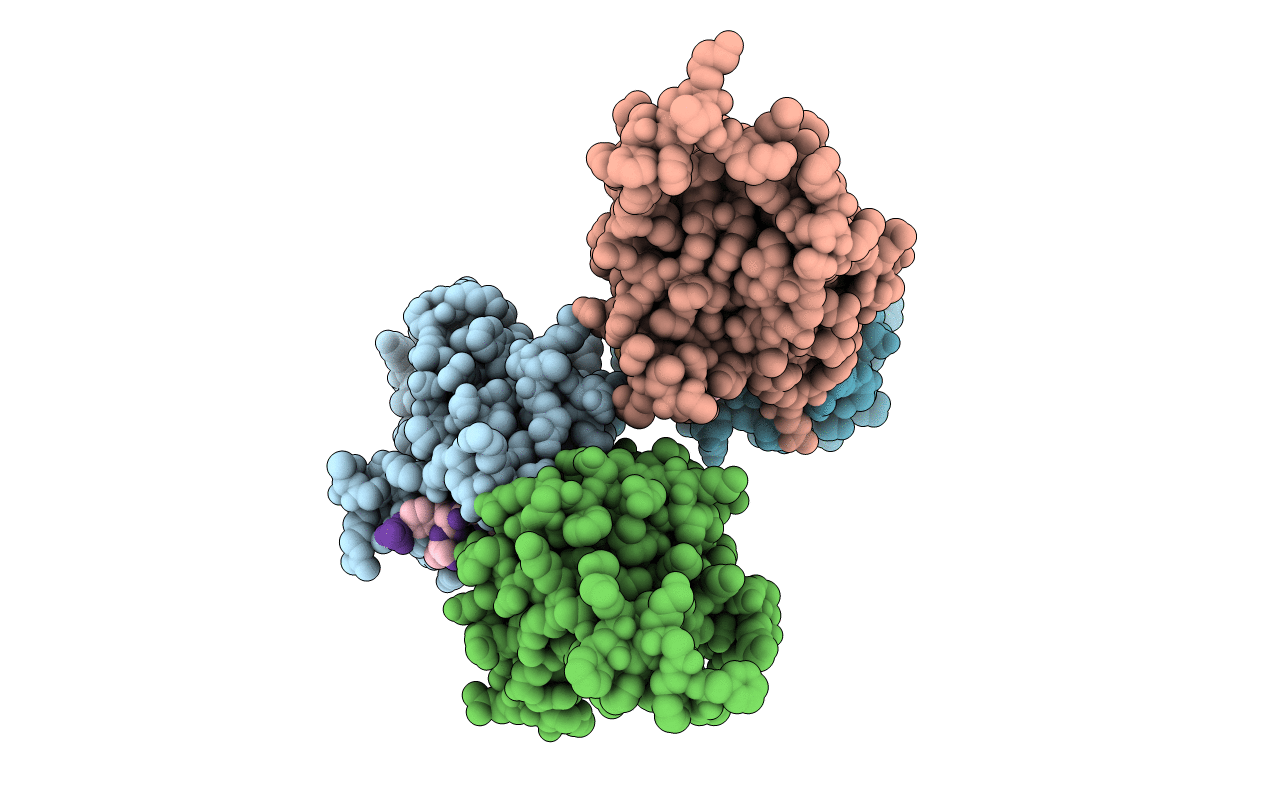
Deposition Date
2017-03-29
Release Date
2017-12-13
Last Version Date
2024-10-09
Method Details:
Experimental Method:
Resolution:
2.70 Å
R-Value Free:
0.30
R-Value Work:
0.26
R-Value Observed:
0.27
Space Group:
F 2 2 2


